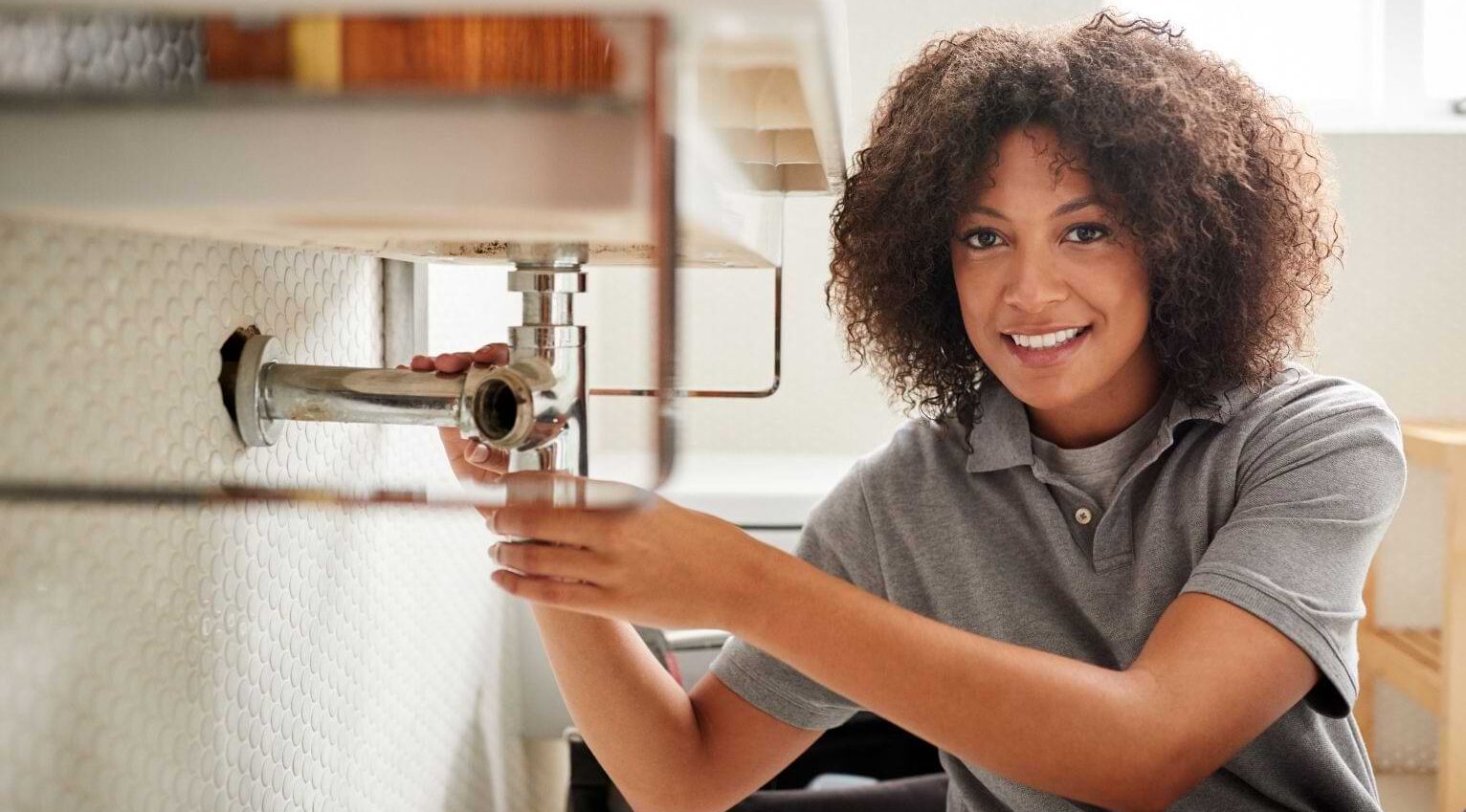Premier Plumber Alabaster AL Ready to Serve You Anytime
A Detailed Guide to Efficient Hot Water Heater Setup for Ideal Performance
Beginning on the job of installing a water heater is a venture that requires accuracy and a systematic method for accomplishing optimum performance. As you proceed, the ins and outs of attaching water supply lines and setting up trustworthy electric or gas links await, promising insights into guaranteeing performance and dependability.
Picking the Right Hot Water Heater

Following, take into consideration the dimension and capacity of the hot water heater. It's essential to evaluate your home's hot water requirements, which can differ based upon the variety of passengers and their use patterns. A device that's also tiny may result in inadequate warm water, while a large design may lead to unnecessary energy consumption.
Effectiveness scores likewise play an essential function in choice. Try to find hot water heater with high Energy Element (EF) ratings, suggesting exceptional performance and decreased energy usage. Tankless designs, though commonly extra pricey ahead of time, deal considerable power savings with time as a result of their on-demand home heating abilities.
Preparing the Installation Location
Prior to mounting a brand-new hot water heater, precise preparation of the installment location is vital. This guarantees a smooth installation procedure and helps avoid future complications (Plumber Alabaster AL). Begin by picking a proper location that follows regional building regulations and safety and security requirements. The location should be completely dry, well-ventilated, and easily accessible for maintenance. It's critical to determine the space very carefully to accommodate the hot water heater's dimensions, making certain appropriate clearance around the system for efficient procedure and servicing.
Inspect the floor for stability, as the water heater will need a strong, degree surface area to operate efficiently. If required, install a drip pan beneath the device to capture prospective leaks or spills, avoiding water damage to the surrounding location.
In addition, make sure that all needed devices and products are on hand before starting the installation. This includes things such as wrenches, screwdrivers, a degree, and any type of additional equipment needed for installing and securing the heating system. A well-prepared installment area sets the structure for a successful hot water heater arrangement, enhancing performance and safety and security.
Connecting Water System Lines
When connecting water lines to your recently installed hot water heater, it is important to guarantee that all links are safe and leak-free to keep effective procedure and avoid water damages. Begin by determining the cold and warm water supply lines. The chilly water inlet is generally noted with a blue label or a "C", while the warm water electrical outlet is marked with a red tag or an "H".
Usage adaptable water heater connectors to help with a much easier installment procedure. Prior to attaching the connectors, place a plumbing's tape around the threaded ends of the water heating unit's inlet and electrical outlet pipelines.
When links remain in area, gradually activate the major water shutoff. Evaluate each link for leakages by aesthetically examining and really feeling for dampness. Tighten up links as needed, and guarantee the stress relief shutoff is correctly mounted, guarding against extreme stress build-up.
Setting Up Electric or Gas Connections
Effectively establishing up the electrical or gas links for your hot water heater is a critical step to guarantee effective and risk-free operation. For electric hot water heater, start by verifying that the electric circuit works with the heating unit's voltage and amperage demands. Ensure the power supply is switched off at the circuit breaker to stop accidents. Attach the electrical cords to the heating system adhering to the maker's electrical wiring diagram. Generally, this involves attaching the ground cable to the eco-friendly terminal, and the continuing to be cables to their matching terminals, securing each with cord nuts.
For gas water heaters, safety is paramount. Link the gas line to the water heater utilizing a flexible gas adapter, ensuring it is appropriately threaded and secured with pipeline joint substance or Teflon tape suitable for gas connections.
Once connections are made, examine for any type of prospective leakages. For gas lines, apply a soapy water service to the joints; bubbles suggest a leak. For electric connections, confirm Click This Link that all wiring is secure and correctly shielded, keeping conformity with regional electrical codes.
Changing and testing for Efficiency
With the electric and gas links securely in place, the following action is assessing the operational efficiency of your water heating unit. Begin by carefully turning on the water supply and guaranteeing there are no leakages at any of the joints or shutoffs.
Following, execute a complete evaluation to ensure the home heating aspects or gas burners are working correctly. For electrical heating systems, make use of a multimeter to confirm if the aspects are drawing the proper current. In gas versions, observe the heater fire; it ought to be blue and stable, suggesting effective combustion.
Adjust the setups as required to eliminate ineffectiveness. Take into consideration carrying out insulation steps, such as including a hot water heater covering, to additionally enhance performance by lessening warmth loss. Furthermore, examine the anode pole's condition, as a scrubby pole can minimize effectiveness and bring about tank rust.
Verdict
Effective hot water heater setup is important for making sure optimum efficiency and energy cost savings. By picking the appropriate type and dimension, and meticulously preparing the installment location, a structure for success is developed. Firmly connecting water system lines and meticulously establishing electric or gas links decrease potential problems. Detailed screening for leakages and exact thermostat adjustments to 120 ° F improve integrity and effectiveness. Complying with these actions go to website promotes long-term capability and energy preservation in residential water heater.

Correctly setting up the electrical or gas connections for your water heater is a critical action to ensure effective and safe operation. For electric water heaters, begin by validating that the electrical circuit is compatible with the heating system's voltage and amperage demands. Attach the gas line to the water heater utilizing a flexible gas adapter, ensuring it is appropriately threaded and secured with pipeline joint compound view website or Teflon tape suitable for gas connections.